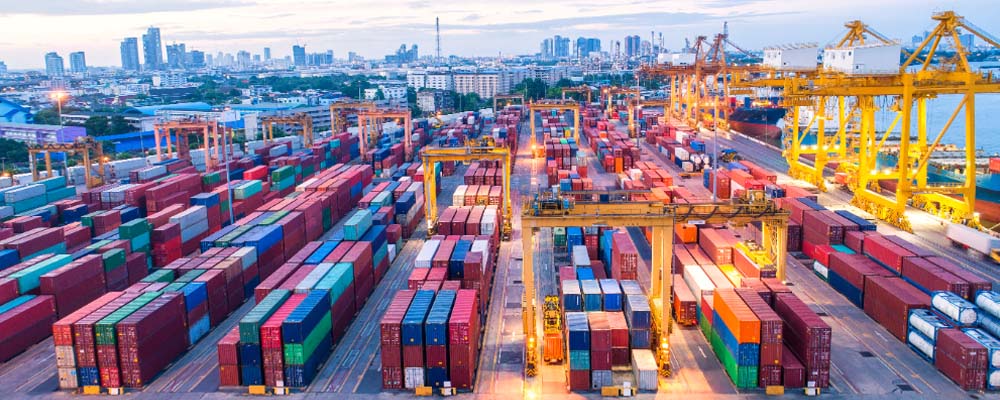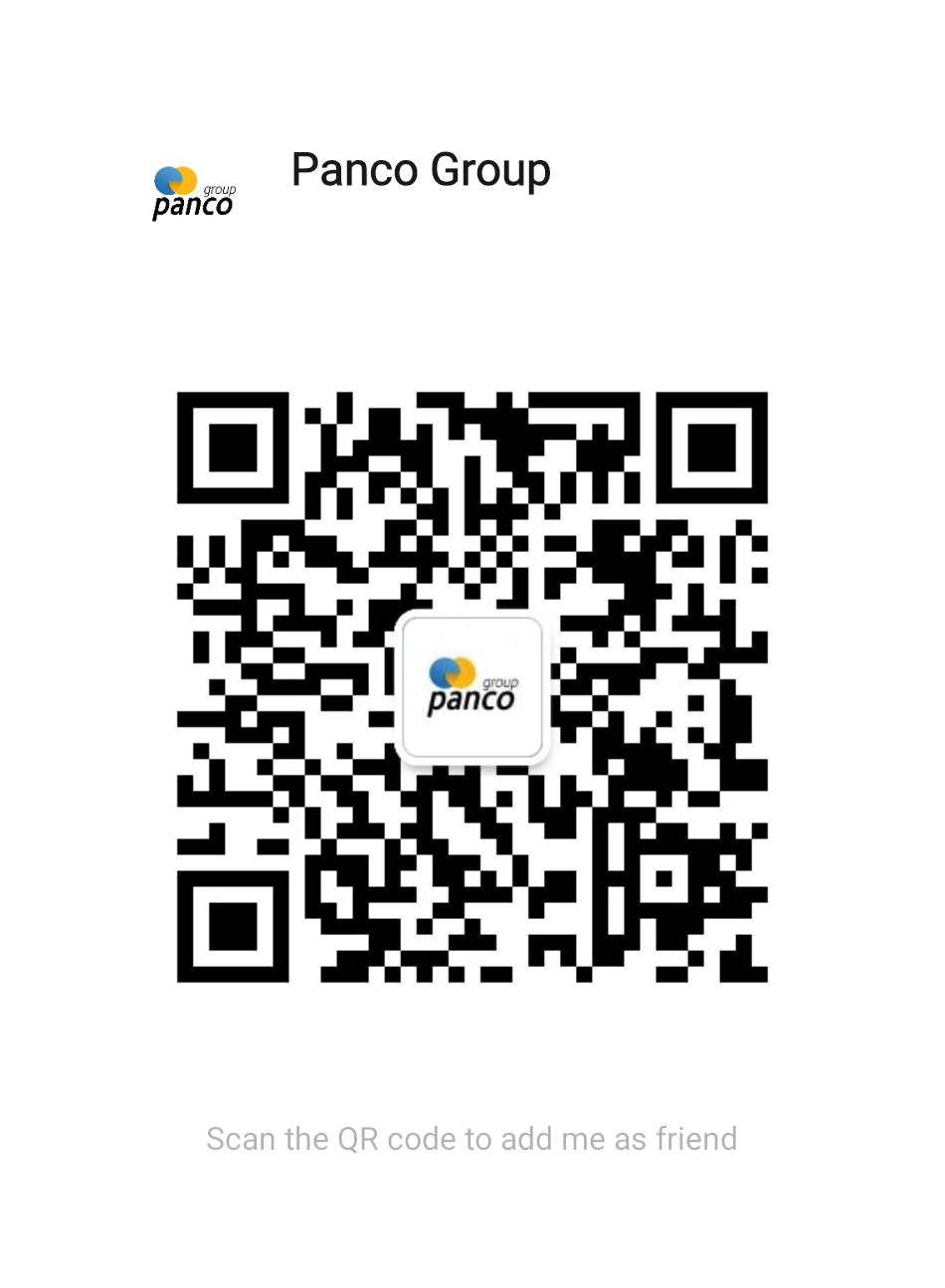
Exporting to Bangladesh offers a wealth of opportunities for businesses worldwide. As one of the fastest-growing economies in South Asia, Bangladesh has a burgeoning middle class, increasing consumer demand, and ongoing infrastructure development, making it an attractive market for exporters. However, navigating the process of exporting to Bangladesh requires an understanding of the country’s regulatory environment, cultural nuances, and market dynamics.
In this comprehensive guide, we’ll cover everything you need to know about exporting to Bangladesh, from market insights and product demand to customs regulations and logistics considerations.
1. Why Export to Bangladesh?
A Growing Economy
Bangladesh has sustained an impressive annual GDP growth rate of over 6% in the last decade. Its economy is driven by key sectors such as textiles, agriculture, and manufacturing. Rising income levels and urbanization are fueling demand for a diverse range of products, making it a prime destination for exporters.
Strategic Location
Situated at the crossroads of South and Southeast Asia, Bangladesh offers easy access to neighboring markets like India, Myanmar, and China. The country’s location also positions it as a gateway to the Bay of Bengal and maritime trade routes.
Increasing Imports
Bangladesh is heavily reliant on imports for raw materials, machinery, chemicals, food products, and consumer goods. Exporters who can meet this demand stand to benefit significantly.
2. Key Products in Demand in Bangladesh
To capitalize on the market potential, it’s crucial to understand what products are in high demand. Popular categories include:

- Machinery and Equipment: Bangladesh’s industrial growth has led to a surge in demand for capital goods like manufacturing equipment, construction machinery, and agricultural tools.
- Textile Machinery and Fabrics: As a global leader in the textile and garment industry, Bangladesh requires raw materials, chemicals, and machinery for its factories.
- Food Products: With a growing population, imports of processed foods, dairy products, and edible oils are on the rise.
- Pharmaceuticals and Chemicals: The local pharmaceutical sector relies on imported raw materials and active pharmaceutical ingredients (APIs).
- Consumer Goods: Electronics, cosmetics, and home appliances are increasingly popular among the middle class.
- Renewable Energy Products: Solar panels and energy-efficient equipment are gaining traction due to government initiatives to promote renewable energy.
3. Understanding Bangladesh’s Import Regulations
Import Policy
Bangladesh’s import policy is governed by the Import Policy Order (IPO), which is updated every five years. It details procedures, restrictions, and tariff structures. Exporters should review the latest IPO to ensure compliance.
Import Licenses
Certain products require an Import Registration Certificate (IRC). Exporters should work closely with their Bangladeshi counterparts to confirm licensing requirements for specific goods.
Tariffs and Duties
Customs duties in Bangladesh vary by product category. Common tariffs include:
- Customs Duty (CD): Ranges from 0% to 25%.
- Value-Added Tax (VAT): Generally 15%, though some essential goods are exempt.
- Supplementary Duty (SD): Applicable to luxury items, ranging from 10% to 500%.
- Advance Income Tax (AIT): Typically 5%.
Accurate classification of goods using the Harmonized System (HS) Code is critical to determine applicable tariffs.
4. Customs Clearance Process
Navigating the customs process is a crucial step in exporting to Bangladesh. Here’s a breakdown of key steps:
Documentation Requirements
Prepare and submit the following documents:
- Commercial invoice
- Packing list
- Bill of lading/airway bill
- Certificate of origin
- Letter of credit (if applicable)
- Insurance certificate
- Import permit (if required)
Declaration and Assessment
Goods are declared electronically via the ASYCUDA World system. Customs authorities assess the declaration and verify the submitted documents.
Inspection and Clearance
Based on the risk assessment, shipments may undergo physical or documentary inspection. After clearance, duties and taxes are paid, and goods are released.
 5. Logistics and Shipping to Bangladesh
5. Logistics and Shipping to Bangladesh
Ports of Entry
Bangladesh has several major seaports and airports for cargo handling:
- Chattogram Port: The largest and busiest seaport, handling most containerized cargo.
- Mongla Port: A secondary seaport catering to bulk goods and regional traffic.
- Hazrat Shahjalal International Airport (Dhaka): The primary airport for air freight.
Shipping Methods
- Sea Freight: Ideal for large volumes, offering cost-effective solutions.
- Air Freight: Suitable for high-value or time-sensitive goods.
- Cross-Border Trade: For exporters in neighboring countries, overland transport is an option.
Packaging and Labeling
Goods should be securely packaged to withstand humid conditions and long transit times. Labels must include product descriptions, country of origin, weight, and handling instructions, preferably in English.
6. Navigating Cultural and Business Practices
Building Relationships
Bangladesh places a high value on personal relationships in business. Establishing trust and maintaining consistent communication with local partners is essential.
Negotiation and Pricing
Price sensitivity is a key characteristic of the Bangladeshi market. Offering competitive pricing while maintaining product quality can provide a significant advantage.
Language and Communication
While Bengali (Bangla) is the official language, English is widely used in business settings. Ensure clear and professional communication to avoid misunderstandings.
7. Challenges and How to Overcome Them
Infrastructure Bottlenecks
Bangladesh faces infrastructure challenges, including congested ports and roads. Partner with experienced freight forwarders and logistics providers to navigate these issues.
Regulatory Complexity
Frequent updates to policies and tariffs can create confusion. Engage local customs brokers or consultants for up-to-date guidance.
Payment Risks
Use secure payment methods, such as letters of credit (LCs), to mitigate risks associated with non-payment or delays.
Environmental Factors
Bangladesh’s tropical climate can impact product storage and transit. Use climate-controlled shipping and proper packaging to protect goods.
8. Opportunities for Exporters
Government Incentives
The Bangladeshi government offers incentives to encourage foreign trade, including duty exemptions on certain raw materials and tax holidays for priority sectors.
Free Trade Agreements
Bangladesh benefits from preferential trade agreements, such as the Generalized System of Preferences (GSP), providing duty-free or reduced-tariff access to many countries.
E-commerce Growth
The rise of e-commerce platforms like Daraz and AjkerDeal presents opportunities for exporters to reach consumers directly.
9. How to Start Exporting to Bangladesh
Market Research
Conduct in-depth market research to identify potential customers and assess demand for your products.
Partner Selection
Collaborate with reliable distributors, agents, or joint venture partners who have local market expertise.
Compliance and Documentation
Ensure all documentation and certifications meet Bangladeshi standards to avoid customs delays.
Logistics Planning
Work with trusted freight forwarders and shipping companies to streamline the transportation process.
 10. Conclusion
10. Conclusion
Exporting to Bangladesh presents immense opportunities for businesses willing to navigate its unique challenges. With a growing economy, increasing import demand, and a strategic location, Bangladesh is a market worth exploring. By understanding the country’s regulations, cultural nuances, and logistics requirements, exporters can establish a strong foothold in this vibrant market.
Whether you’re a freight forwarding company, customs broker, or e-commerce business, careful planning and collaboration with local partners will set you on the path to success. Start your journey today and tap into Bangladesh’s promising potential.
By implementing these strategies and insights, your business can confidently navigate the complexities of exporting to Bangladesh and capitalize on its growing market.




 5. Logistics and Shipping to Bangladesh
5. Logistics and Shipping to Bangladesh 10. Conclusion
10. Conclusion



